Les Rencontres d’Arles 2011
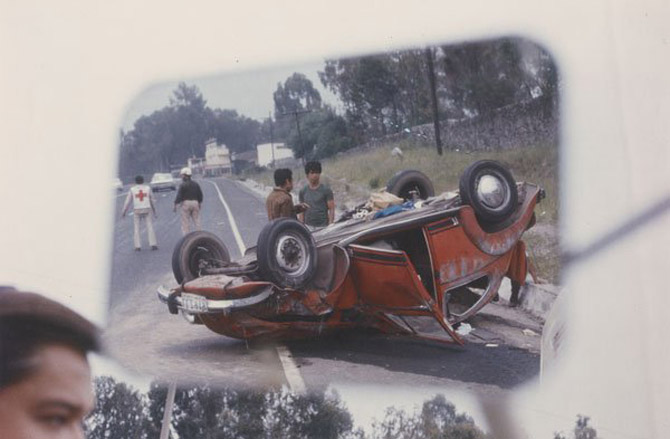
This year's Les Rencontres d'Arles photography festival in the South of France has a strong Mexican theme, with many of the major exhibition spaces within the town given over to the work of Mexican photographers. One of the strongest of these is the retrospective of cinematographer Gabriel Figueroa's powerful and ground-breaking work with directors such as Luis Bunuel and John Huston. Showing simultaneous loops of iconic scenes from his oeuvre on huge screens in a dark, deconsecrated church, the exhibition can't fail to draw viewers into Figueroa's world.
Another powerful show from Mexico was an overview of Enrique Metinides' work, in tandem with a new book of his photographs, titled 'Series', published by Kominek. For years a staff photographer on the Mexican tabloid La Prensa, Metinedes often rode to crime scenes with fire and ambulance crews and created strikingly composed images of car crashes, suicides and accident victims before the blood had stopped running. Whilst his work has been exhibited and lauded for many years now, it still doesn't diminish the power of some of his images, however grisly the subject matter, and the image of the skewered body of actress Adela Legarreta Rivas is one of the most powerful, haunting images on show in the whole festival.
There's a wealth of fascinating vintage photographs from the Mexican Revolution, one of the most comprehensive exhibitions ever compiled of this key moment in Mexican history. The show's curator, Miguel Angel Berumen attempts to shed fresh light on the assumed history conveyed through iconic images from that time, and it's interesting to see lesser-known photographs from the era. The work of Ponciano Flores Perez from 1914, with text painted on each image describing the scene and the subjects, is fascinating, as is that of Hugo Brehme, an acclaimed landscape photographer who also documented the revolution with formal, studied compositions of the soldiers.
Outside of the Mexican theme, The New York Times Magazine show, on display over two exhibition spaces, is a fascinating insight into how the photo stories are created at this most influential of publications. Various case studies of iconic stories from the last 25 years of the magazine are on show - tearsheets of the final printed story, the prints themselves, and documentation showing the often labyrinthine process to get to the final story, including contact sheets, story boards, emails, and faxes to subjects. Co-curated by the magazine's photo director, Kathy Ryan, and Leslie Martin of Aperture, there is much to admire here, not least the magazine's continued ability to surprise and inspire with its bold and prescient commissions.
One of the most interesting areas of the Rencontres D'Arles is the annual Discoveries competition, where various luminaries in the photographic world are invited to show three emerging talents who they think are worthy of wider recognition. One of these photographers who is judged to have the strongest body of work is awarded a €20,000 prize, courtesy of the Luma Foundation, who support the festival in myriad ways (the remit appears to have loosened in recent years though, with well-known names appearing in competition and Taryn Simon, hardly a discovery, winning last year's prize).
Particularly strong in this year's selection was the work of
http://www.frieze.com/issue/article/jo_ractliffe/" target="_blank" >Jo Ractliffe, a South African photographer who shoots enigmatic and allusive black and white landscapes showing the traces and scars of war and loss. The images are mysterious and not immediately apparent, but closer study reveals a strange sense of memory in the landscapes and spaces she documents.
Wallpaper* Newsletter
Receive our daily digest of inspiration, escapism and design stories from around the world direct to your inbox.
African photographer Jacob Nzudie also had a striking but more light-hearted body of work on show with his Yaoundé Supermarket Series. Nzudie is the in-house photographer at the Yaoundé Supermarket in Cameroon, where the city's upwardly mobile are photographed in their favourite aisle wearing their finest outfits, signalling that they have achieved material wealth so no longer need to shop in the many traditional markets. Shot by an outsider, these portraits could be somewhat crass and exploitative, but Cameroonian Nzudie takes frank, candid images that are honest and non-judgemental.
This year's winners though, were Mikhael Subotzky and Patrick Waterhouse, with their powerhouse series on the fifty-four story Ponte City tower in Johannesburg. The tower, built in the Seventies and once a symbol of a prosperous future for the country, suffered years of neglect and became emblematic of Jo'burg's woes in the mid-Nineties. Tales of brazen drug dealing and prostitution rings in the tower were in legion, and it's still a dangerous and unpredictable place. Subotzky and Waterhouse have been photographing there for the past three years, gaining the trust of the inhabitants and the clean-up crews who attempt to deal with the four-storey-high mountain of rubbish in the building's hollow core. The duo have photographed every single apartment on every single floor of the tower - inside and out - and these images, displayed in sequence on giant 9ft-high lightboxes (mini towerblocks in themselves), are a triumphant and original marriage of documentary and display.
Meanwhile, the From Here On exhibition attempts to take stock of the internet's inexorable influence on photography, with five different curators presenting their pick of the interesting and relevant. No mean feat given the sea of images sloshing around the globe now. Much of the work is gimmicky and shallow. One exhibition even has crude comic photos being displayed to live chickens, and its hard to tell who is more baffled - the wandering viewer or the cooped up birds.
Pavel-Maria Smejkal's Fatescapes series, however, is a notable exception. He explores the unexpected iconography of place in classic documentary photographs of the last 150 years. Carefully removing all trace of the people - the focus of these canonical shots - leaving only the setting, Smejkal captures eerily empty, bland landscapes. The viewer can almost instantly insert the people and protagonists from memory and picture the original knockout image, but it's surprising how powerful and poignant these empty retakes remain. Look at our image gallery and see for yourself.
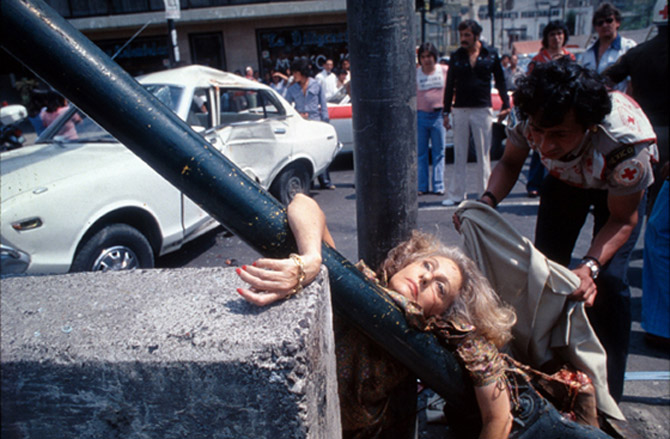
'Adella Legaratta Rivas, 1979' by Enrique Metinides
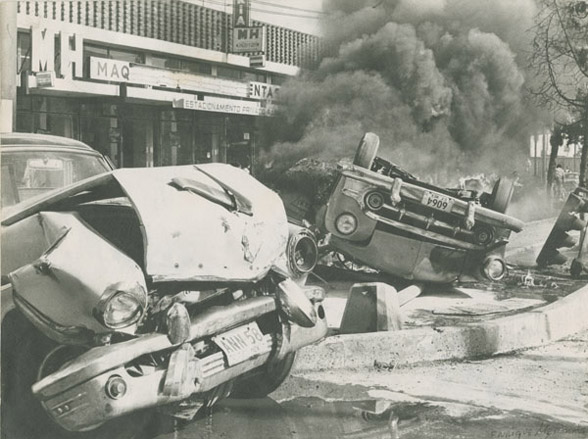
'Accidente de automovil en llamas, 1971' by Enrique Metindies
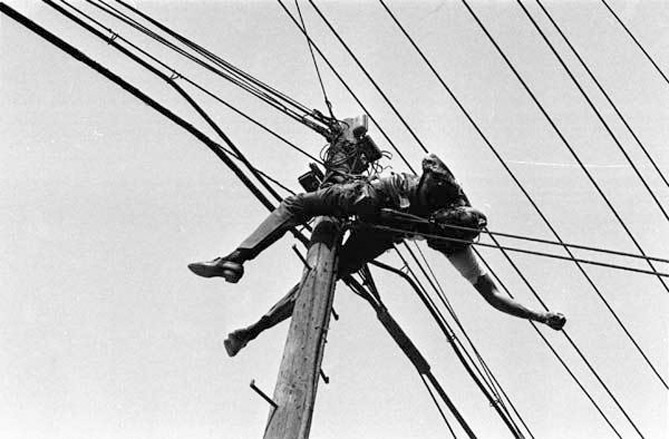
Untitled by Enrique Metinides
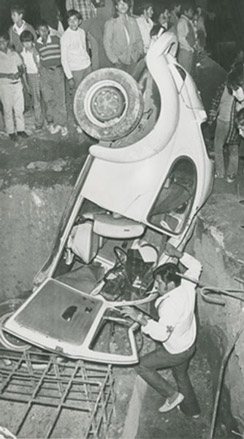
'Accidente Automovilistico, 1974' by Enrique Metinides
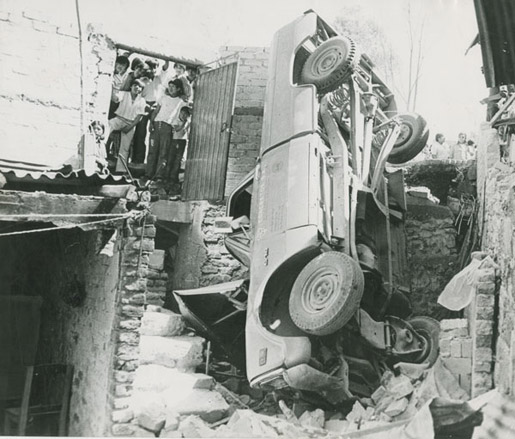
'Pick up accidentada 1971' by Enrique Metinides
Mikhael Subotzky and Patrick Waterhouse won this year's Discoveries competition with their powerhouse series on the fifty-four story Ponte City tower in Johannesburg. The tower, built in the Seventies and once a symbol of a prosperous future for the country, suffered years of neglect and became emblematic of Jo'burg's woes in the mid-Nineties. Tales of brazen drug dealing and prostitution rings in the tower were in legion, and it's still a dangerous and unpredictable place. Subotzky and Waterhouse have been photographing there for the past three years, gaining the trust of the inhabitants and the clean-up crews who attempt to deal with the four-storey-high mountain of rubbish in the building's hollow core. The duo have photographed every single apartment on every single floor of the tower - inside and out - and these images, displayed in sequence on giant 9ft-high lightboxes (mini towerblocks in themselves), are a triumphant and original marriage of documentary and display.
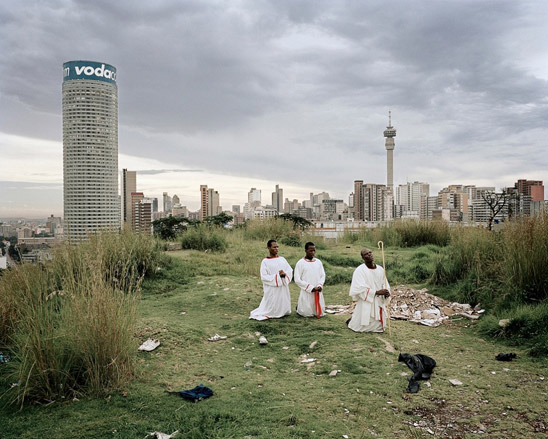
'Ponte City from Yeoville Ridge, 2008', from the Ponte City series by Mikhael Subotzky and Patrick Waterhouse

'Cleaning the core 2008', from the Ponte City series by Mikhael Subotzky and Patrick Waterhouse
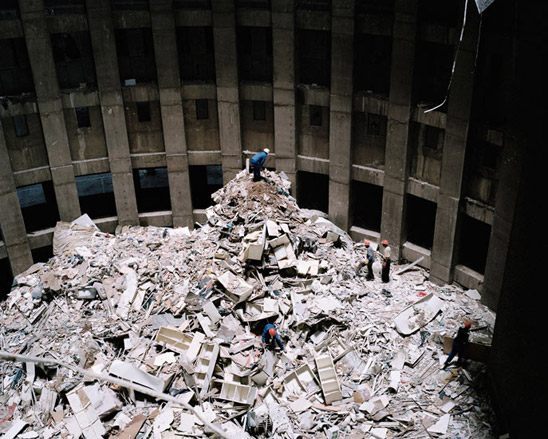
'Untitled II, Ponte City, Johannesburg, 2008', from the Ponte City series by Mikhael Subotzky and Patrick Waterhouse
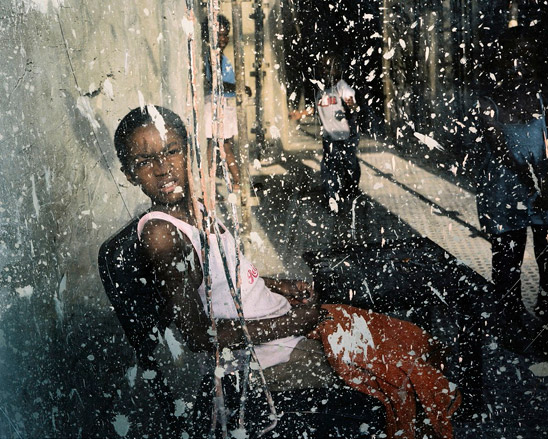
'Reception Area, 2008', from the Ponte City series by Mikhael Subotzky and Patrick Waterhouse
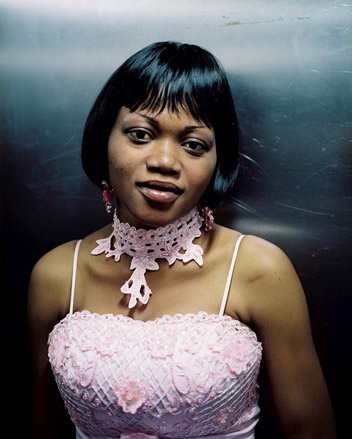
'Lift Portrait 3, 2009', from the Ponte City series by Mikhael Subotzky and Patrick Waterhouse
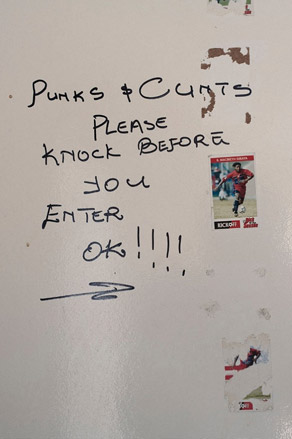
'Door 42 Level 15, From Doors, 2008-2010', from the Ponte City series by Mikhael Subotzky and Patrick Waterhouse

'Windows, (Light Box), 2008-2010', from the Ponte City series by Mikhael Subotzky and Patrick Waterhouse

'Doors, (Light Box), 2008-2010', from the Ponte City series by Mikhael Subotzky and Patrick Waterhouse
Another strong Mexican show at the festival is the retrospective of cinematographer Gabriel Figueroa's powerful and ground-breaking work with directors such as Luis Bunuel and John Huston. Showing simultaneous loops of iconic scenes from his oeuvre on huge screens in a dark, deconsecrated church, the exhibition can't fail to draw visitors into Figueroa's world.
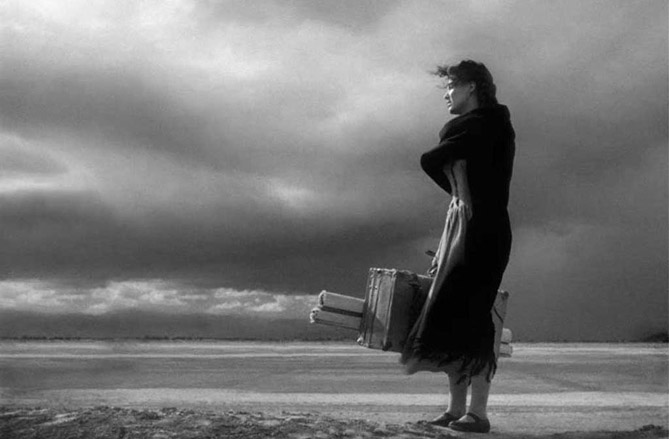
Untitled by Gabriel Figueroa
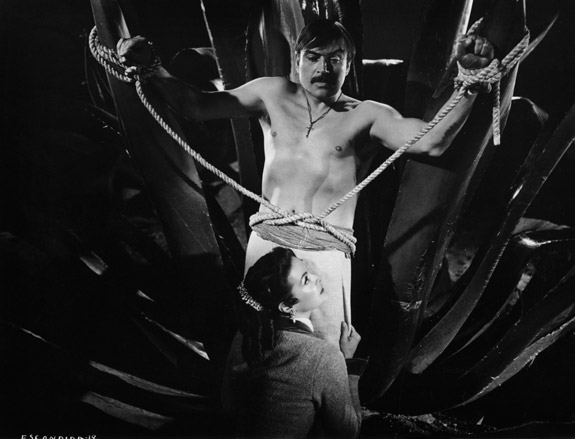
Pedro Armendáriz and María Félix as Felipe and Gabriela, in the film La escondida (The Hidden One), directed by Roberto Gavaldón, 1955, photographed by Gabriel Figueroa
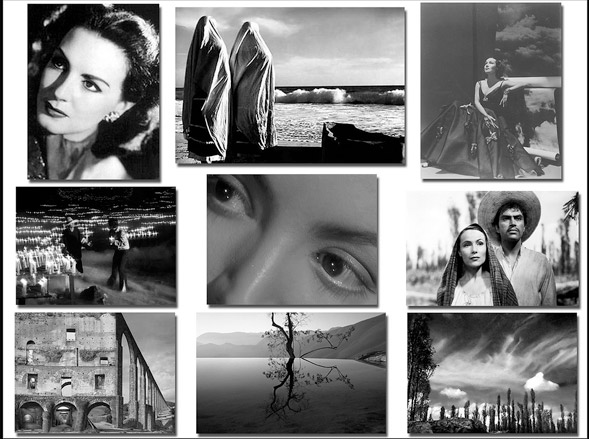
Gabriel Figueroa montage
The New York Times Magazine show, on display over two exhibition spaces, is a fascinating insight into how the photo stories are created at this most influential of publications. Various case studies of iconic stories from the last 25 years of the magazine are on show - tearsheets of the final printed story, the prints themselves, and documentation showing the often labyrinthine process to get to the final story, including contact sheets, story boards, emails, and faxes to subjects. Co-curated by the magazine's photo director, Kathy Ryan, and Leslie Martin of Aperture, there is much to admire here, not least the magazine's continued ability to surprise and inspire with its bold and prescient commissions.
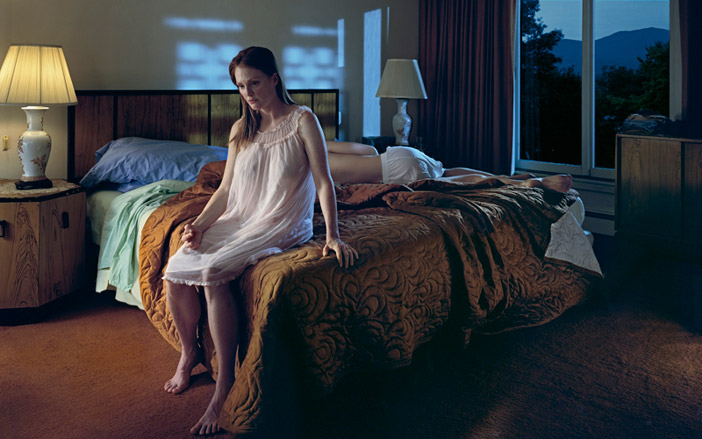
Julianne Moore by Gregory Crewdson for The New York Times Magazine
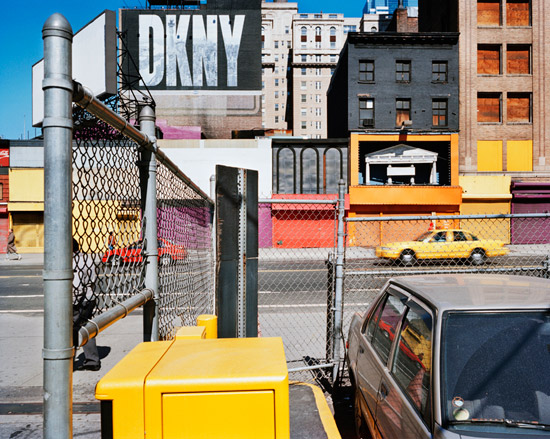
Lars Tunbjork for The New York Times
Pavel-Maria Smejkal's Fatescapes series explores the unexpected iconography of place in classic documentary photographs of the last 150 years. Carefully removing all trace of the people - the focus of these canonical shots - leaving only the setting, Smejkal captures eerily empty, bland landscapes. The viewer can almost instantly insert the people and protagonists from memory and picture the original knockout image, but it's surprising how powerful and poignant these empty retakes remain.
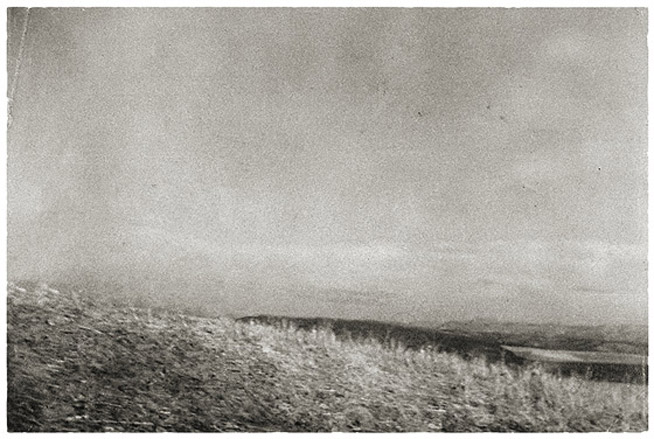
'1936, Spain' by Pavel-Maria Smejkal
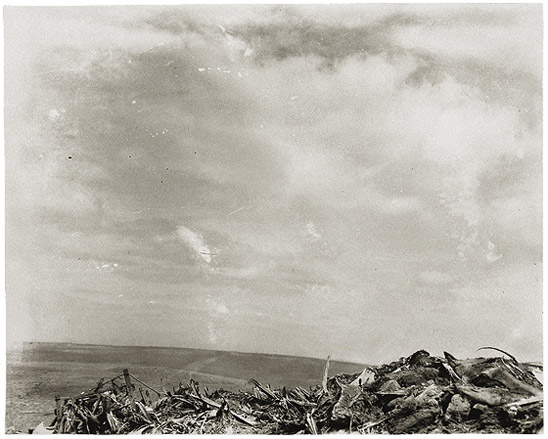
'1945v Iwo Jima' by Pavel-Maria Smejkal
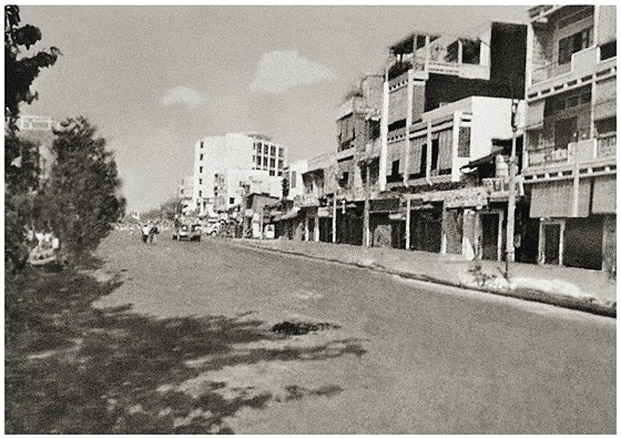
'1968, Saigon' by Pavel-Maria Smejkal
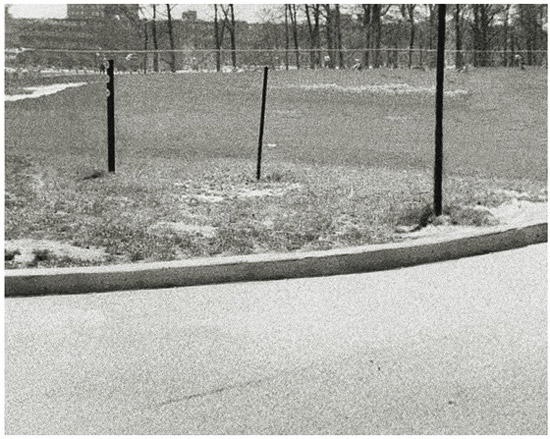
'1970, Kent USA' by Pavel-Maria Smejkal
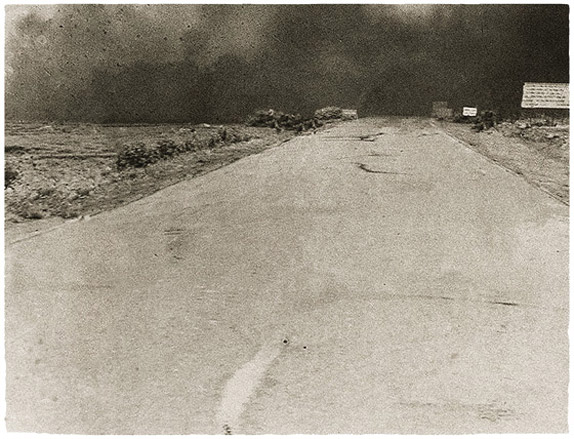
'1972, Vietnam' by Pavel-Maria Smejkal
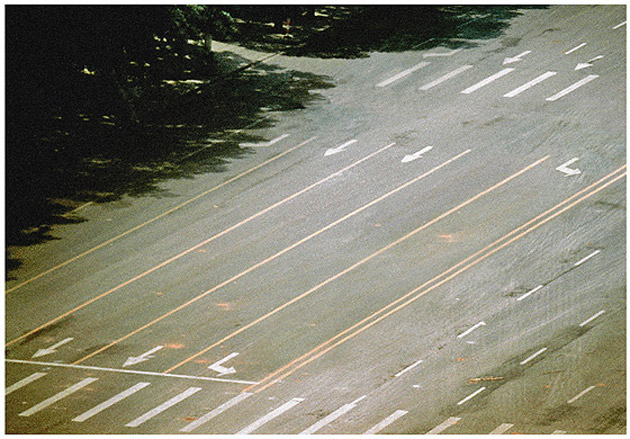
'1989 Peking' by Pavel-Maria Smejkal
South African photographer Jo Ractliffe shoots enigmatic and allusive, black and white landscapes showing the traces and scars of war and loss. The images are mysterious and not immediately apparent, but closer study reveals a strange sense of memory in the landscapes and spaces she documents.
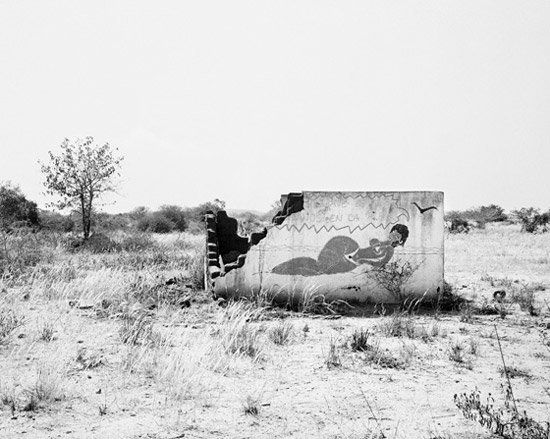
'Comfort Station, FAPLA Base, Lobito, 2010' by Jo Ractliffe
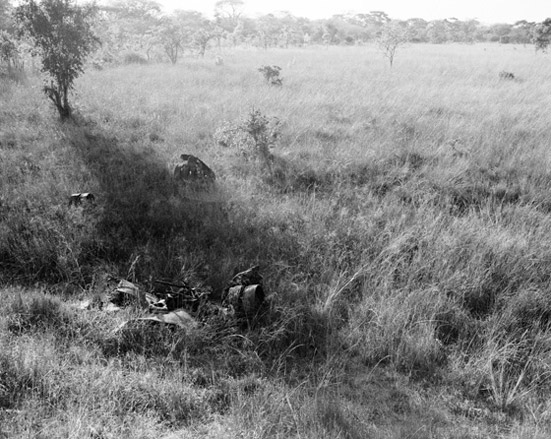
'Ambush Site Near Mupa, 2009' by Jo Ractliffe
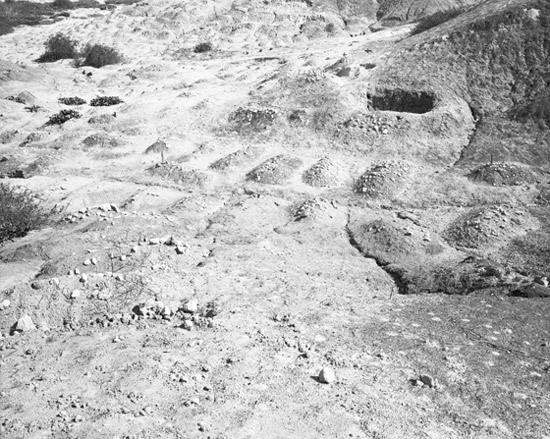
'Hillside graves near Domber Grande, 2010' by Jo Ractliffe
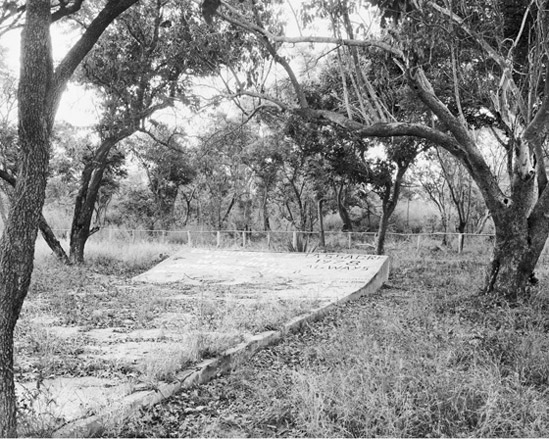
'Hillside graves near Domber Grande, 2010' by Jo Ractliffe
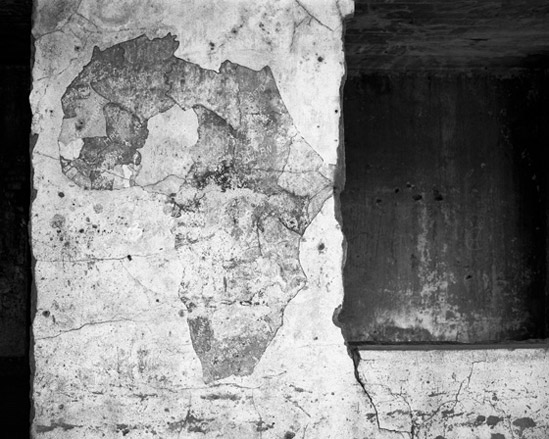
'Mural in abandoned schoolhouse, Ompapa, 2010' by Jo Ractliffe
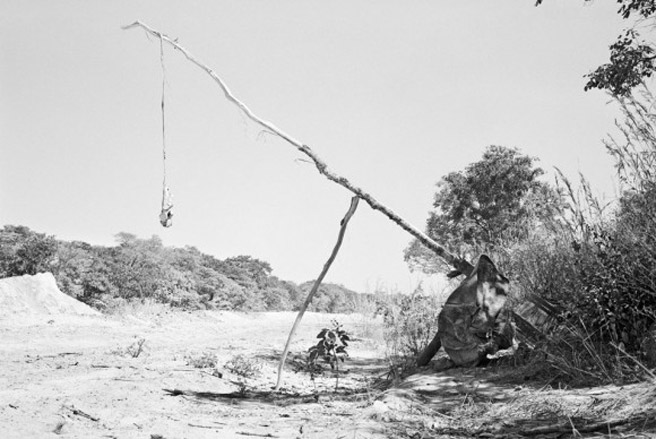
'On the Road to Cuito Cuanavale I, 2009' by Jo Ractliffe
African photographer Jacob Nzudie has a striking but light-hearted body of work on show with his Yaoundé Supermarket Series. Nzudie is the in-house photographer at the Yaoundé Supermarket in Cameroon, where the city's upwardly mobile are photographed in their favourite aisle wearing their finest outfits, signalling that they have achieved material wealth so no longer need to shop in the many traditional markets. Shot by an outsider, these portraits could be somewhat crass and exploitative, but Cameroonian Nzudie takes frank, candid images that are honest and non-judgemental.
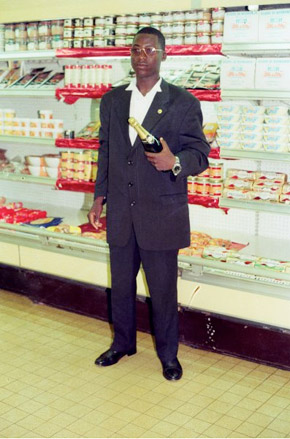
Yaoundé Supermarket Series by Jacob Nzudie
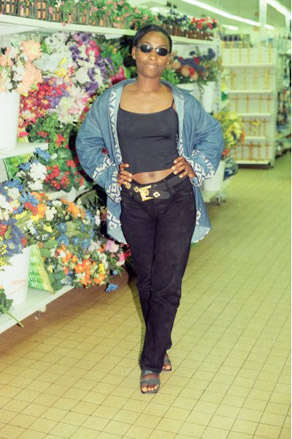
Yaoundé Supermarket Series by Jacob Nzudie
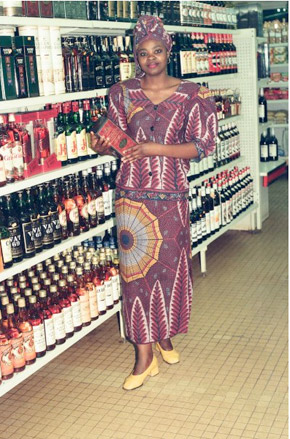
Yaoundé Supermarket Series by Jacob Nzudie
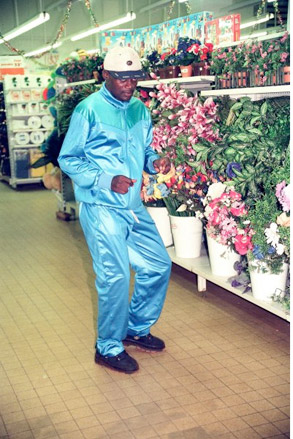
Yaoundé Supermarket Series by Jacob Nzudie
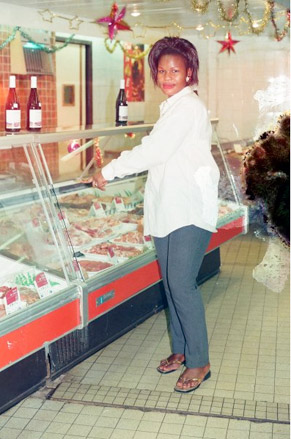
Yaoundé Supermarket Series by Jacob Nzudie
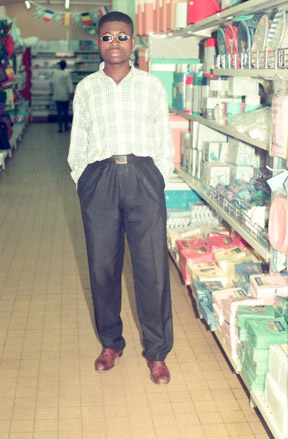
Yaoundé Supermarket Series by Jacob Nzudie
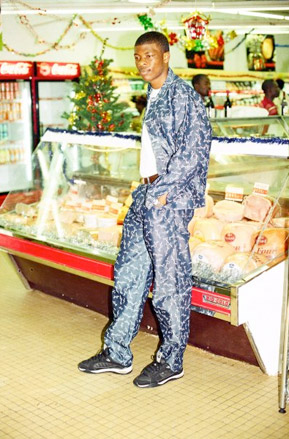
Yaoundé Supermarket Series by Jacob Nzudie
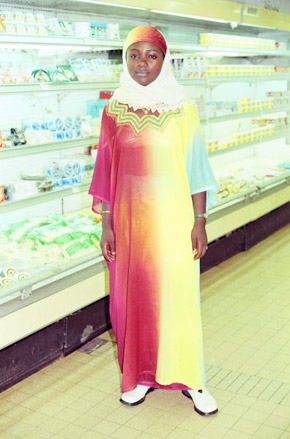
Yaoundé Supermarket Series by Jacob Nzudie
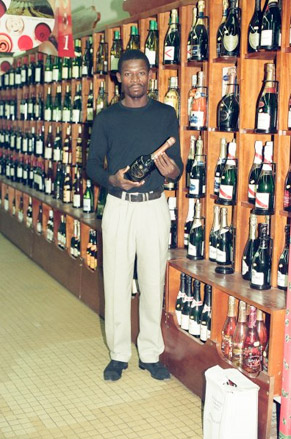
Yaoundé Supermarket Series by Jacob Nzudie
-
 The Subaru Forester is the definition of unpretentious automotive design
The Subaru Forester is the definition of unpretentious automotive designIt’s not exactly king of the crossovers, but the Subaru Forester e-Boxer is reliable, practical and great for keeping a low profile
By Jonathan Bell
-
 Sotheby’s is auctioning a rare Frank Lloyd Wright lamp – and it could fetch $5 million
Sotheby’s is auctioning a rare Frank Lloyd Wright lamp – and it could fetch $5 millionThe architect's ‘Double-Pedestal’ lamp, which was designed for the Dana House in 1903, is hitting the auction block 13 May at Sotheby's.
By Anna Solomon
-
 Naoto Fukasawa sparks children’s imaginations with play sculptures
Naoto Fukasawa sparks children’s imaginations with play sculpturesThe Japanese designer creates an intuitive series of bold play sculptures, designed to spark children’s desire to play without thinking
By Danielle Demetriou
-
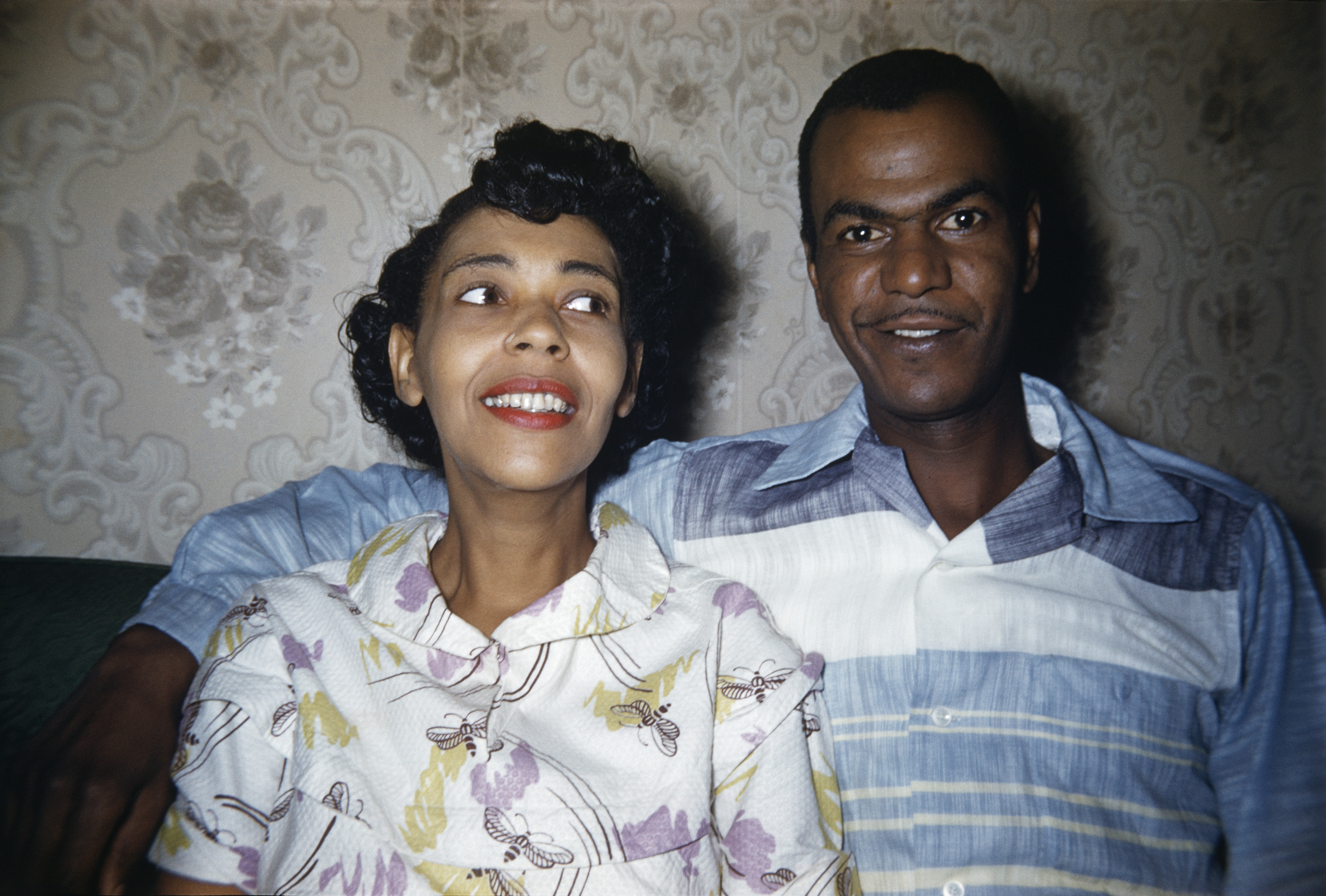 ‘Dressed to Impress’ captures the vivid world of everyday fashion in the 1950s and 1960s
‘Dressed to Impress’ captures the vivid world of everyday fashion in the 1950s and 1960sA new photography book from The Anonymous Project showcases its subjects when they’re dressed for best, posing for events and celebrations unknown
By Jonathan Bell
-
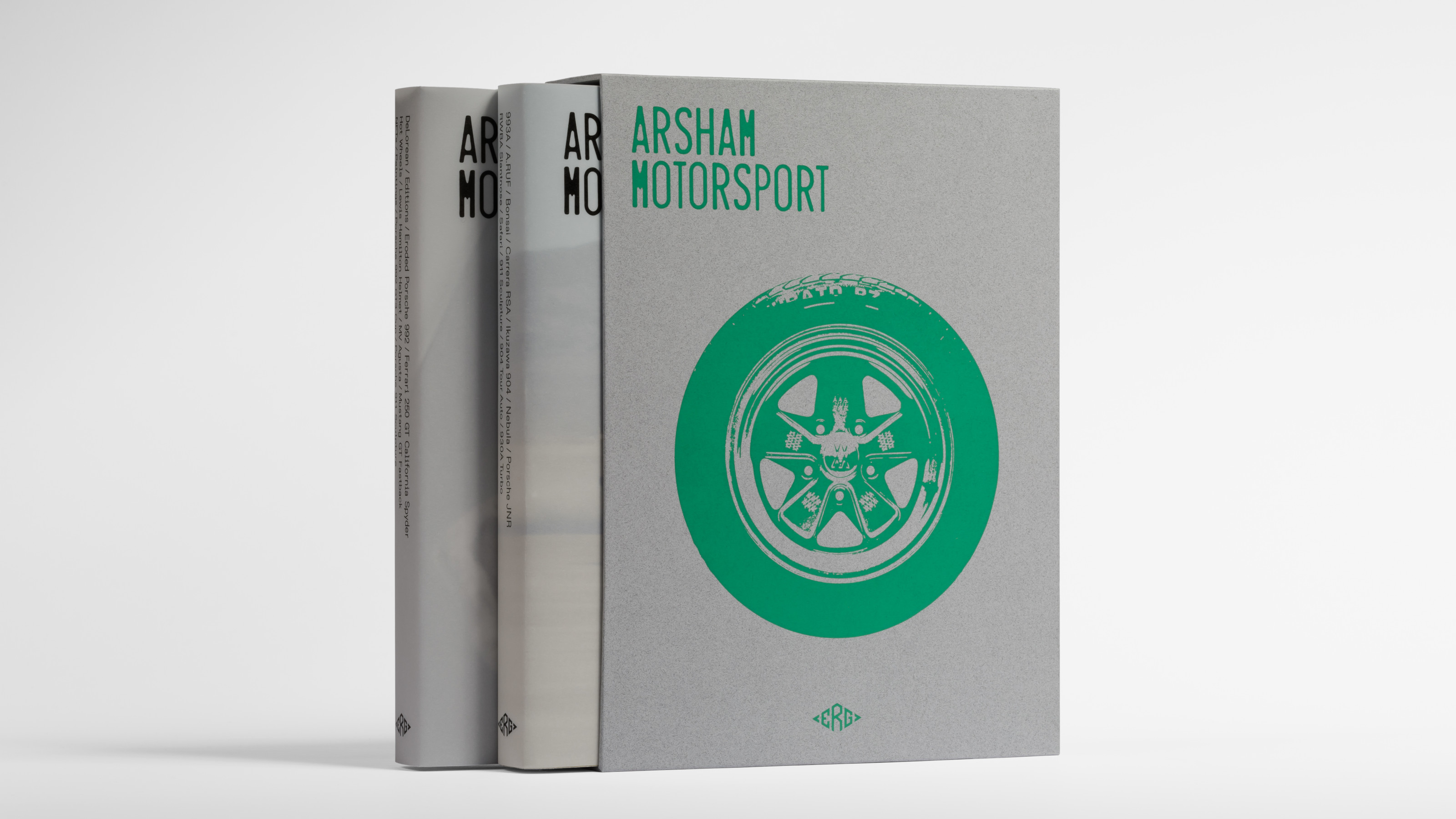 Daniel Arsham’s new monograph collates the works of the auto-obsessed American artist
Daniel Arsham’s new monograph collates the works of the auto-obsessed American artist‘Arsham Motorsport’ is two volumes of inspiration, process and work, charting artist Daniel Arsham’s oeuvre inspired by the icons and forms of the automotive industry
By Jonathan Bell
-
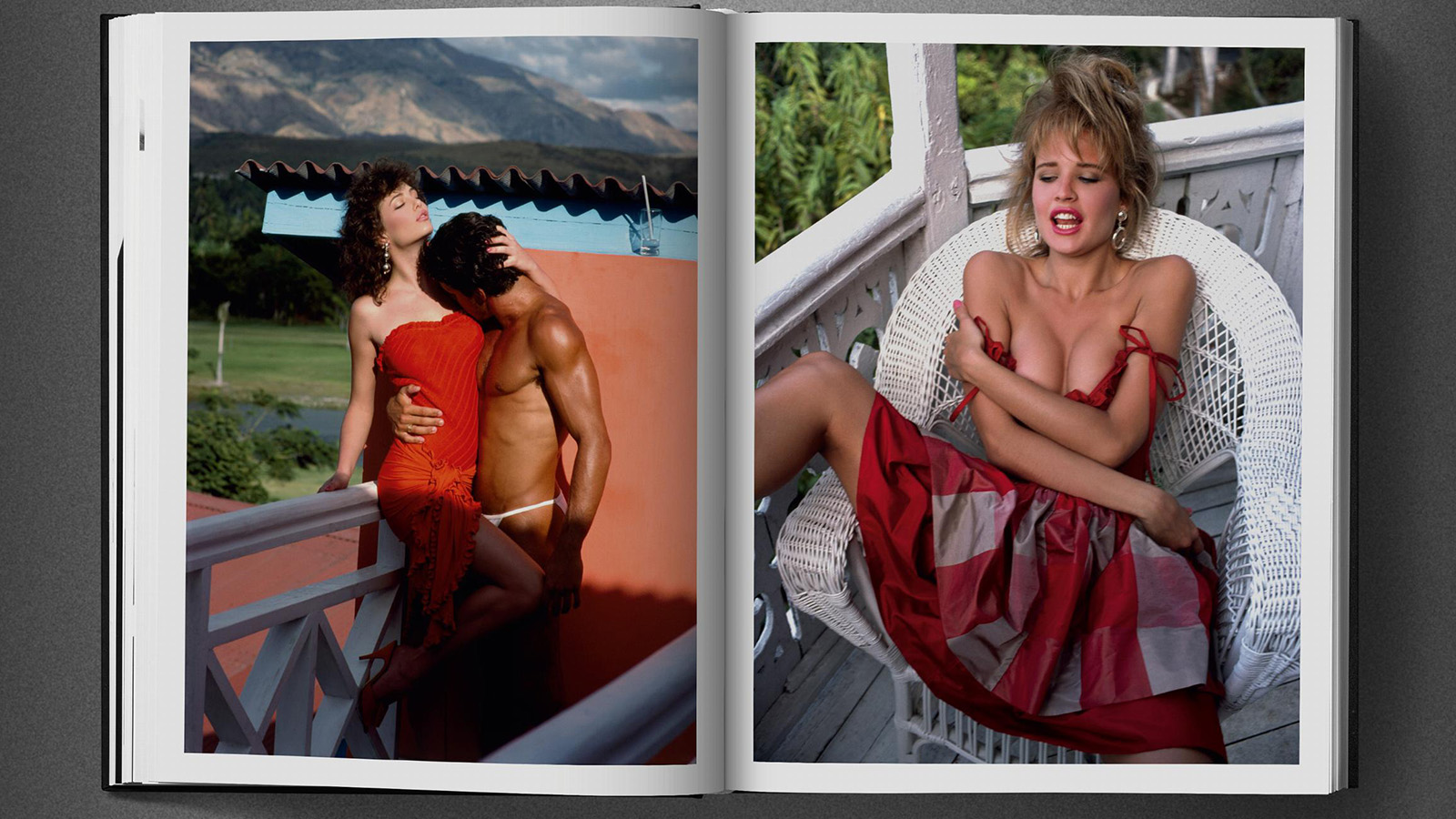 Era-defining photographer David Bailey guides us through the 1980s in a new tome not short of shoulder pads and lycra
Era-defining photographer David Bailey guides us through the 1980s in a new tome not short of shoulder pads and lycraFrom Yves Saint Laurent to Princess Diana, London photographer David Bailey dives into his 1980s archive in a new book by Taschen
By Tianna Williams
-
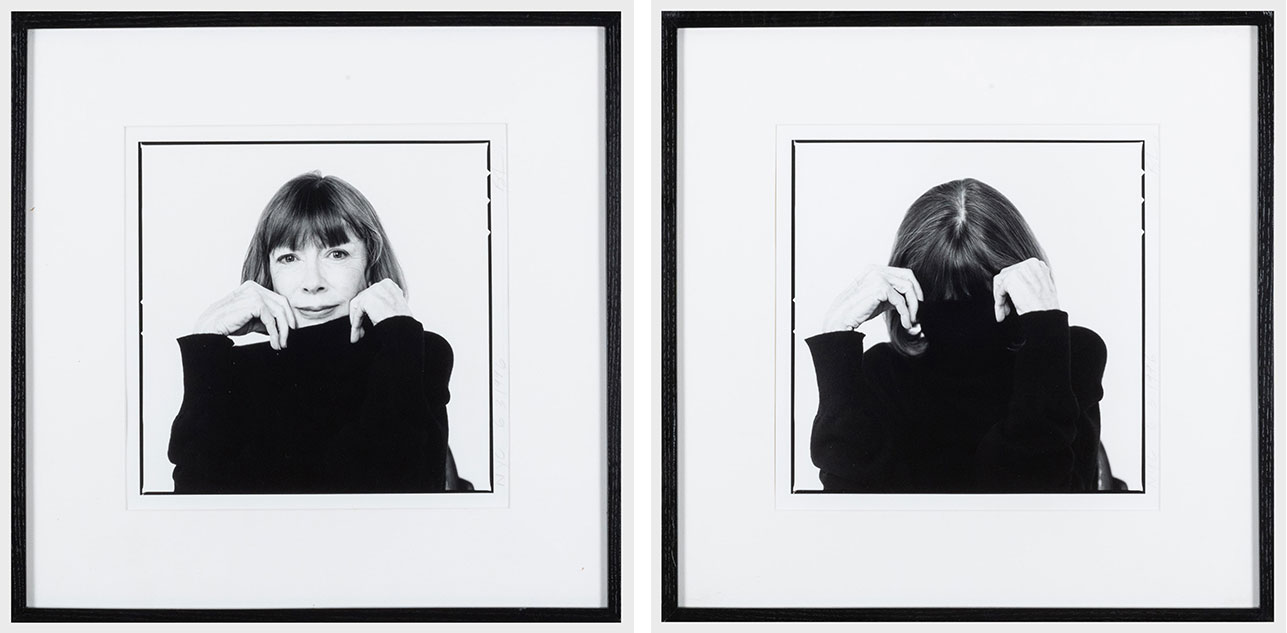 Inside Joan Didion’s unseen diary of personal relationships and post-therapy notes
Inside Joan Didion’s unseen diary of personal relationships and post-therapy notesA newly discovered diary by Joan Didion is soon to be published. Titled 'Notes to John', the journal documents her relationship with her daughter, husband, alcoholism, and depression
By Tianna Williams
-
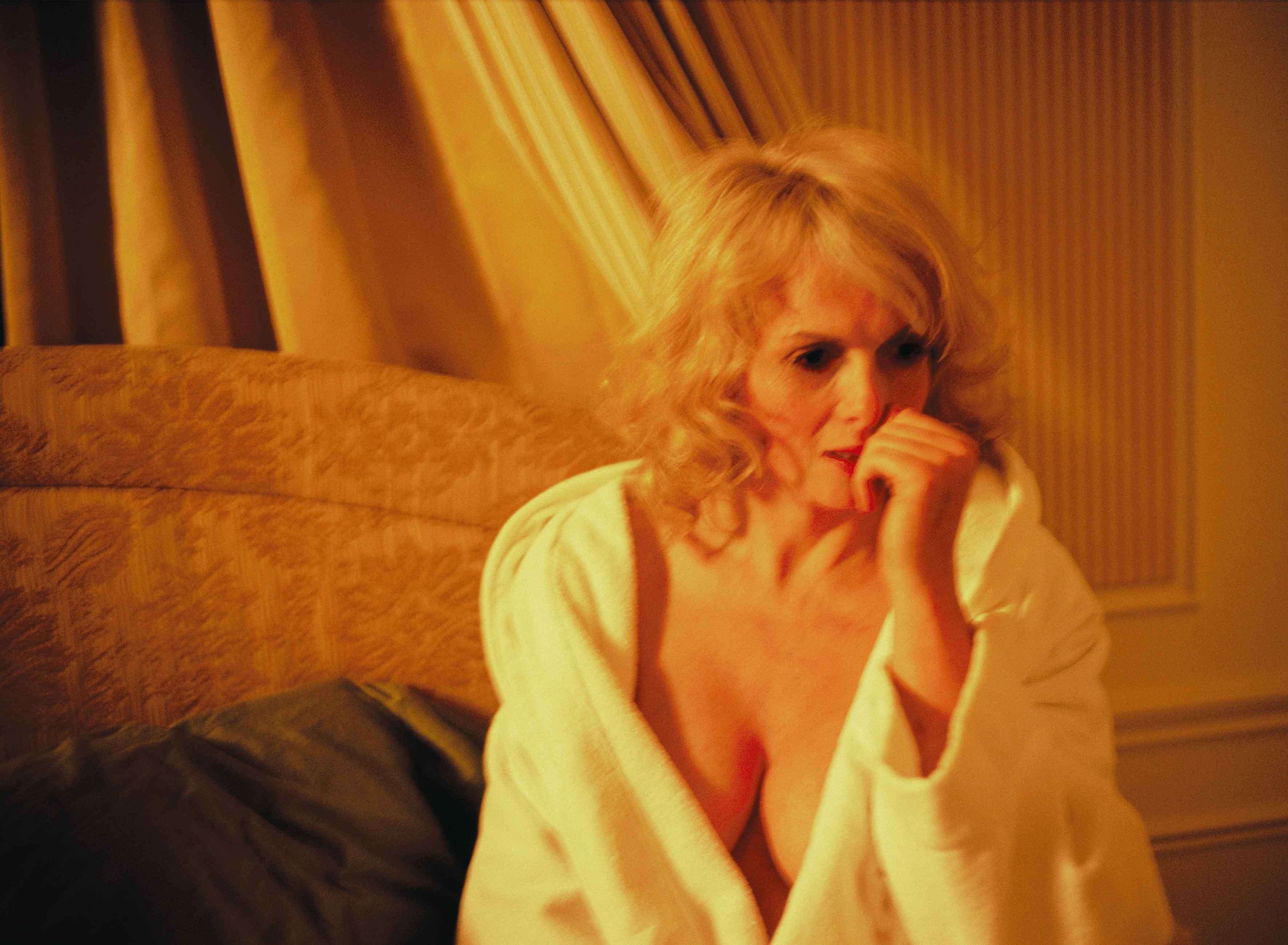 Carsten Höller’s new Book of Games: 336 playful pastimes for the bold and the bored
Carsten Höller’s new Book of Games: 336 playful pastimes for the bold and the boredArtist Carsten Höller invites readers to step out of their comfort zone with a series of subversive games
By Anne Soward
-
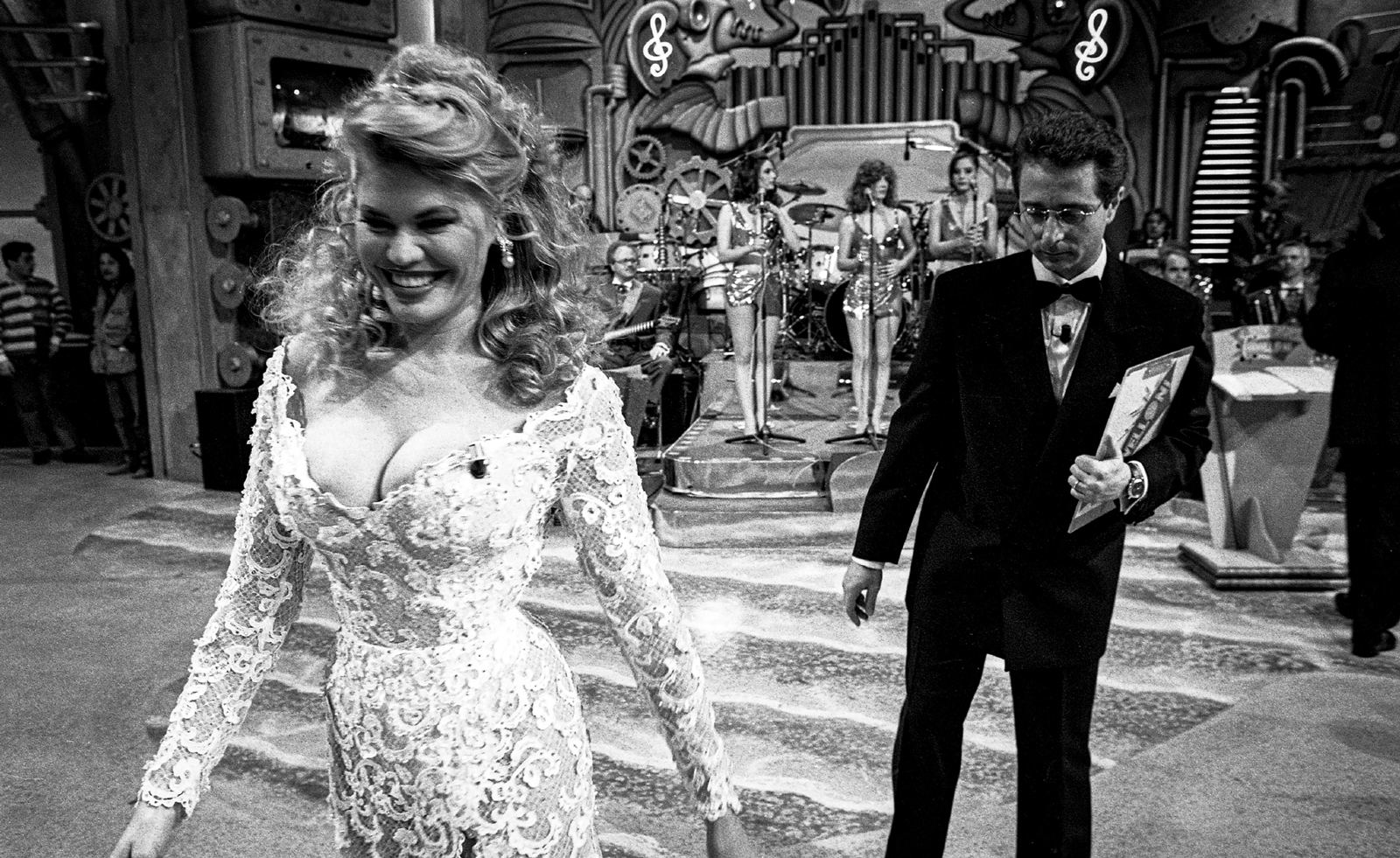 Distracting decadence: how Silvio Berlusconi’s legacy shaped Italian TV
Distracting decadence: how Silvio Berlusconi’s legacy shaped Italian TVStefano De Luigi's monograph Televisiva examines how Berlusconi’s empire reshaped Italian TV, and subsequently infiltrated the premiership
By Zoe Whitfield
-
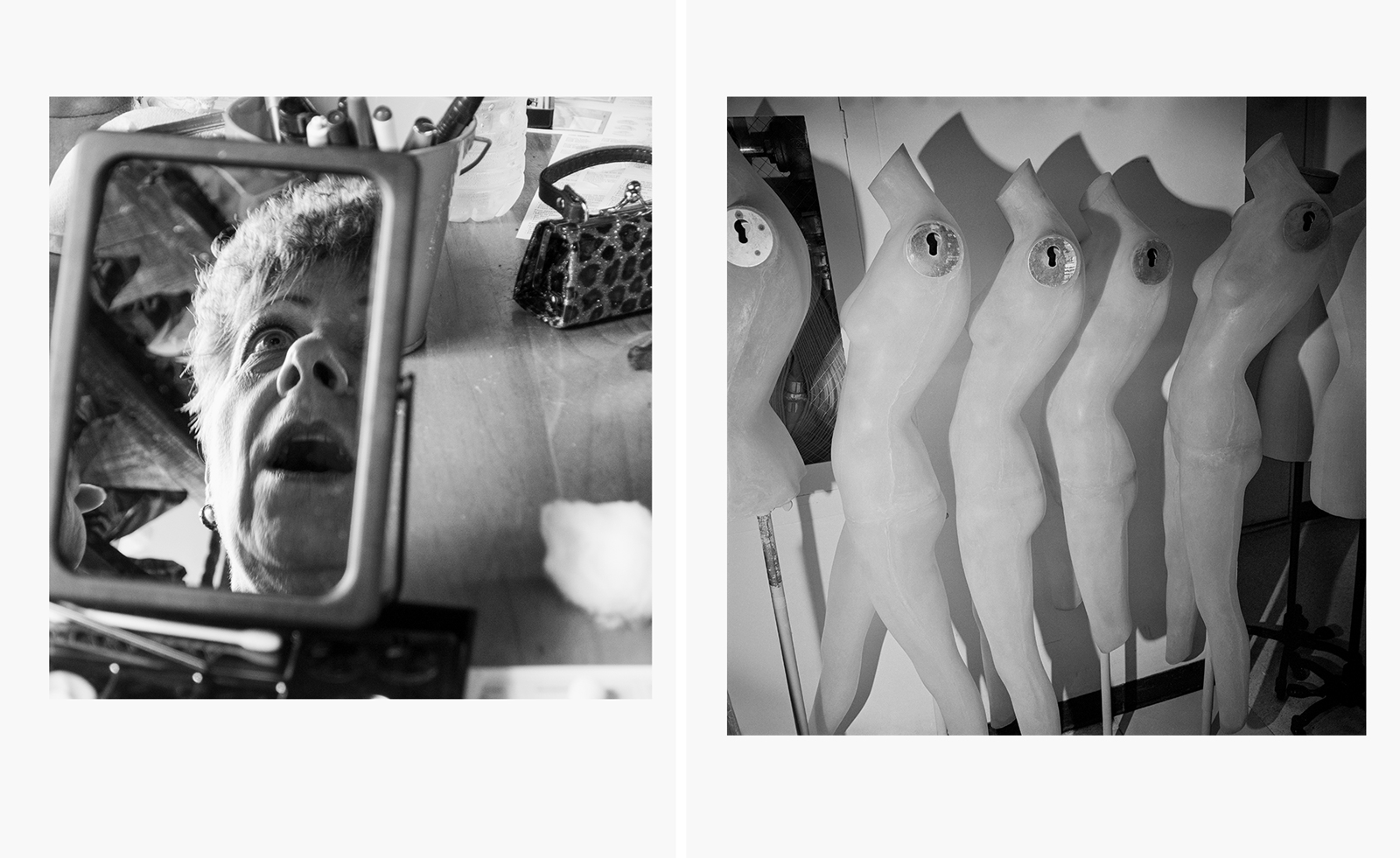 How a sprawling new book honours the legacy of cult photographer Larry Fink
How a sprawling new book honours the legacy of cult photographer Larry Fink‘Larry Fink: Hands On / A Passionate Life of Looking’ pays homage to an American master. ‘He had this ability to connect,’ says publisher Daniel Power
By Jordan Bassett
-
 New Jay-Z coffee-table book dives into the Brooklyn rapper's archives
New Jay-Z coffee-table book dives into the Brooklyn rapper's archives'Book of HOV: A Tribute to Jay-Z' is a hefty tome for a hefty talent
By Craig McLean